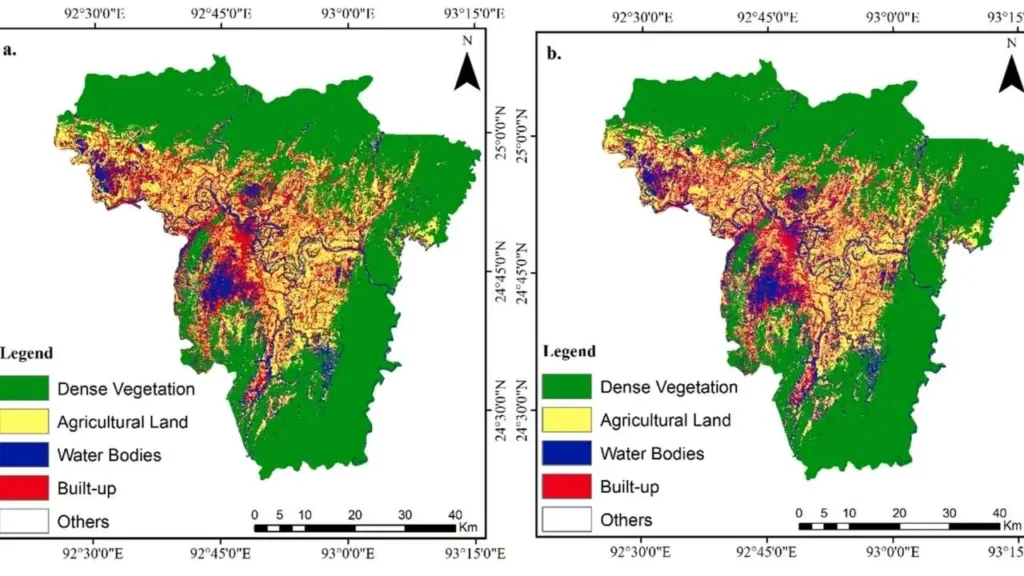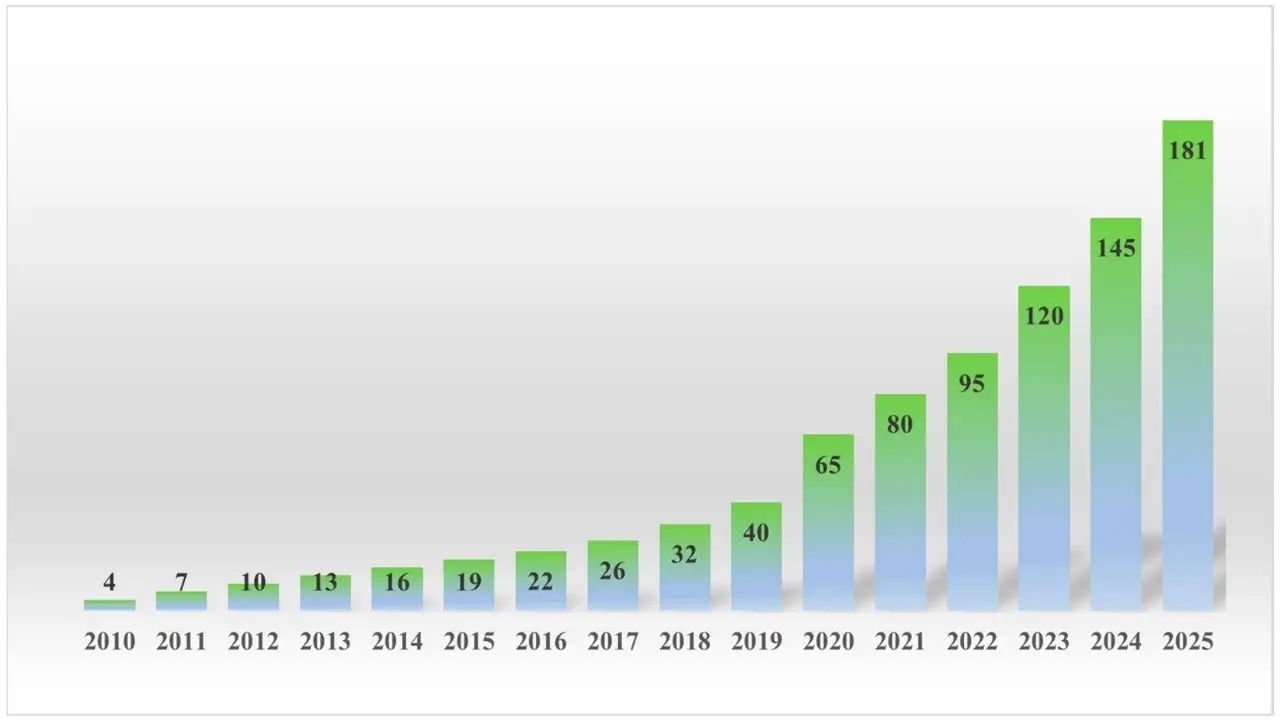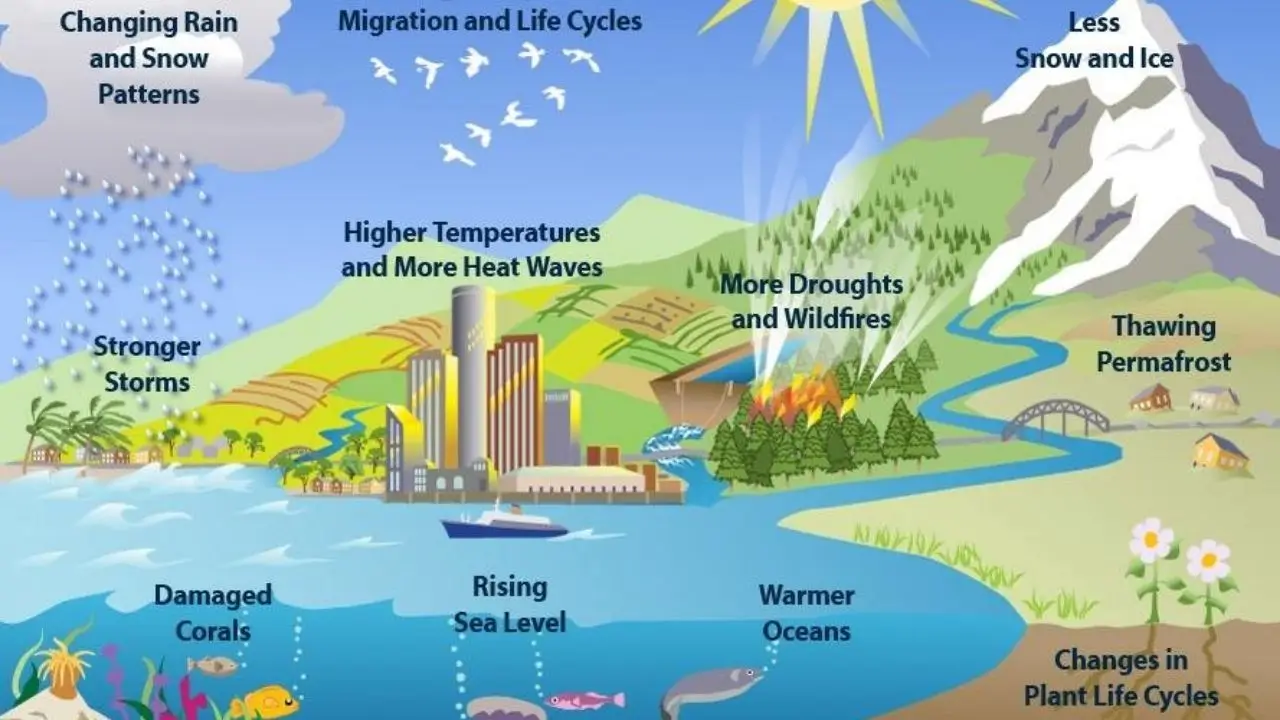Cache County, Utah, is undergoing rapid growth, with an expanding population and increasingly urbanized areas. As the region grows, local officials face a critical challenge: how to balance growth with the need for sustainable land use and community preservation. Current zoning policies, largely designed for an era of slower growth, are being scrutinized as residents, developers, and environmental groups question whether they can meet the demands of the future. This article explores how the county’s zoning laws are evolving to accommodate these challenges while addressing housing, infrastructure, and environmental concerns.

The Scope of Cache County’s Growth
Cache County, located in northern Utah, has long been known for its natural beauty, agricultural lands, and proximity to urban centers like Salt Lake City. The county’s population has grown by approximately 15% since 2020, with many newcomers drawn by the area’s affordable housing, educational institutions like Utah State University (USU), and its proximity to outdoor recreation. As these factors continue to attract new residents, the county’s population could exceed 200,000 by 2030, according to local projections.
However, the county’s rapid growth brings significant challenges, particularly in how to manage development while preserving the area’s rural character and natural resources. Local officials and urban planners are faced with determining whether the existing zoning policies can effectively guide this growth or if significant changes are needed.
Current Zoning Policies: A Brief Overview
Zoning laws in Cache County, like those in many rural areas, were originally designed to accommodate small-scale development in relatively stable communities. These policies have focused on maintaining large swaths of agricultural land, ensuring residential areas are spread out, and preserving open spaces. However, as the county has grown, these policies have begun to show limitations.
Current zoning codes allow for a mix of agricultural, residential, and commercial uses. Certain areas have been designated for conservation to protect the region’s unique landscapes, including Cache Valley’s farmland and mountain vistas. But as more developers seek to build larger residential and commercial properties, local officials are questioning whether the existing zoning framework is flexible enough to allow for sustainable growth.
In particular, zoning laws that were once favorable to single-family residential developments now limit the construction of denser, mixed-use developments, which are seen as essential for providing affordable housing and reducing urban sprawl. The lack of clear guidelines for mixed-use zoning, such as commercial and residential properties combined in the same building or block, has created a disconnect between growth needs and zoning regulations.
Housing and Affordability: A Growing Crisis
Perhaps the most pressing issue tied to zoning policies in Cache County is the growing housing affordability crisis. As more people move to the area, the demand for housing has outstripped supply, pushing home prices and rental rates higher. According to the 2024 Cache County Housing Report, over 60% of renters report difficulty finding affordable housing. This shortage is most pronounced in urban areas like Logan, the county seat, but is also being felt in outlying areas.
The county’s zoning policies, particularly those that restrict density in residential zones, are partially responsible for this crisis. These regulations have traditionally favored single-family homes, which require large plots of land and contribute to sprawl. The need for multi-family housing options, such as apartment complexes and townhouses, has become more urgent, but zoning codes often do not allow for this type of development.
As housing prices continue to climb, local leaders are beginning to consider zoning reforms to allow for greater density in key areas. Urban planners advocate for changing the zoning laws to permit higher-density housing, particularly in areas near public transportation or downtown districts. This approach would not only provide more affordable housing but could also help reduce the environmental impact of sprawling suburban developments by encouraging more walkable, transit-friendly communities.
Environmental and Agricultural Concerns
Alongside the housing challenges, Cache County is grappling with the loss of its agricultural land. The county is known for its fertile farmland, which supports a vibrant agricultural economy. However, as urban development encroaches, valuable agricultural land is being converted into residential and commercial properties. This has sparked concerns about the long-term sustainability of the county’s agricultural sector and its environmental impact.
Agricultural land is also essential to maintaining the region’s open spaces and scenic views, which are integral to Cache County’s identity. There is growing concern among environmental groups and local farmers that the county’s zoning policies are too permissive in allowing for the conversion of agricultural land into urban developments.
In response to these concerns, some local officials are looking into strategies to preserve agricultural land while accommodating growth. This may involve creating new zoning categories that protect farmlands from being converted into residential or commercial properties, as well as encouraging more efficient land use through vertical development or mixed-use projects.
Furthermore, the county is exploring ways to incentivize developers to build in already-urbanized areas, such as downtown Logan, rather than expanding outward. By focusing development in existing urban centers, officials hope to preserve valuable agricultural land and reduce the environmental costs associated with building new infrastructure in rural areas.
The Role of Transportation and Infrastructure
As Cache County grows, the strain on its infrastructure—particularly transportation—becomes more pronounced. Increased development requires expanded roads, utilities, and services, which can be both costly and logistically challenging. Zoning policies will need to evolve to ensure that new developments are compatible with the county’s existing infrastructure and that transportation systems are updated to accommodate the increased population.
One potential solution is promoting transit-oriented development (TOD), which focuses on building housing and commercial properties near public transportation hubs, such as bus stops and train stations. This strategy would not only reduce reliance on cars but also make the county’s transportation system more efficient and sustainable. However, current zoning laws often do not support such development, and reform is needed to allow for TOD projects that are more integrated into the county’s urban planning goals.
Looking Ahead: Zoning Reforms and Public Input
Recognizing the need for change, Cache County’s Planning Office has scheduled a comprehensive review of its zoning policies by 2026. This review aims to assess whether current zoning laws can effectively address the county’s growth and development needs. Community input will be a central part of the process, with local residents, developers, and environmental groups invited to provide feedback.
The county has already begun gathering data on housing demand, transportation needs, and environmental concerns to guide the review process. Planners hope to develop a set of zoning policies that not only accommodate growth but also reflect the values of the community, such as preserving agricultural land, protecting open spaces, and ensuring that development is sustainable.
One of the primary goals of the review process is to create a zoning framework that can accommodate mixed-use developments, increased density, and affordable housing. While this shift will not happen overnight, the county’s leaders recognize that changes will be necessary if Cache County is to remain a desirable place to live and work.
How Developers Are Reimagining Downtown Logan From the Ground Up
The Future of Cache County’s Land Use Policies
The future of Cache County’s land use policies hinges on striking a balance between growth, environmental sustainability, and the preservation of the region’s agricultural and rural heritage. As the county faces increasing pressure from developers, residents, and environmental advocates, the question remains: can zoning laws evolve quickly enough to manage the challenges posed by rapid growth?
The answer will require careful planning, broad community engagement, and a willingness to adapt zoning policies to new realities. By working together, Cache County’s leaders, developers, and residents can create a future that accommodates growth while maintaining the qualities that make the region unique.
As the county moves forward with zoning reforms, it will need to find solutions that not only address current challenges but also anticipate future needs. This may involve rethinking traditional zoning categories, exploring innovative land-use strategies, and finding ways to integrate sustainable development practices into everyday life.
Ultimately, Cache County’s ability to manage its growth will depend on its ability to adapt its zoning policies to a rapidly changing world. With thoughtful planning and community collaboration, the county can continue to grow while ensuring that its land use policies are equipped to meet the demands of the future.

















